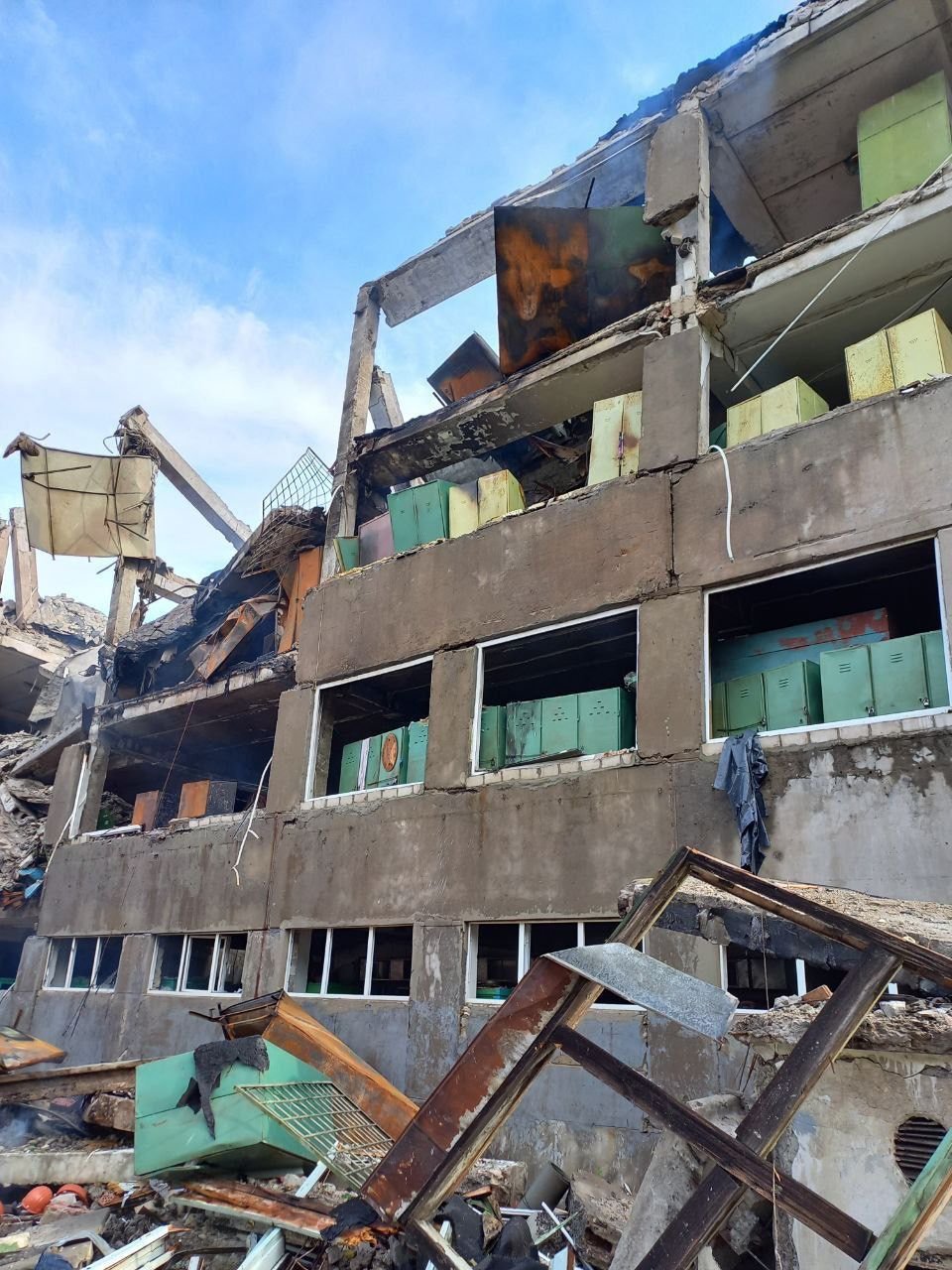News
Ukraine war: what we know so far about reports of battles being fought across the border in Russia

FILE: Firefighters of the Kramatorsky district of the Donetsk region have gone (Photo: ДСНС України/Facebook)
Reports have emerged of fighting inside Russia involving pro-Ukraine or anti-Putin troops engaged in combat in the Belgorod Oblast. This is a region close to Russia’s border with Ukraine, with a mixed Russian and Ukrainian ethnic population. It is widely reported that Russia has urgently moved nuclear weapons from a storage facility in the region.
Details are sketchy so far, but the fighting is reported to involve the Freedom of Russia Legion (LSR) and other groups, including the Russian Volunteer Corps (RDK), beginning after an attack on May 22 on the Russian border village of Kozinka in Belgorod Oblast. Ukrainian partisans and other pro-Ukraine troops have been fighting in the region since the invasion began in February 2022.
There is a great deal of speculation surrounding the attack and it must be noted that there is intense disinformation coming from both sides, meaning that complete verification is impossible at this stage.
The level of military action is reportedly fairly low, according to the Institute for the Study of War (ISW) the attacking force comprised “two tanks, an armored personnel carrier, and nine other armoured vehicles”. But the significance of attacks on Russian soil, regardless of the belligerents’ origin, can not be understated as it marks an escalation of the war – even if only in relation to its geography.
Who is involved?
The LSR is made up of Russian citizens, including defectors and volunteers. It is believed to be a part of Ukraine’s International Legion, a group of volunteers, which have been compared to the International Brigades who fought alongside the republicans in the Spanish civil war.
This is important as the International Legion is part of the Ukrainian army’s formal command and control structure. If the LSR is involved, this could effectively mean that the operation in Belgorod is an attack by the Ukrainian state on Russian soil, rather than a partisan operation.
The ISW, which has been monitoring the campaign on a daily basis has geolocated and confirmed the attack on Kozinka. But further attacks in the Grayvoron region of Belgorod have yet to be confirmed.
The LSR said in a post on Telegram, translated by Reuters: “Once again, the myth that the citizens of the Russian Federation are safe and the Russian Federation is strong has been destroyed.”
The governor of Belgorod Oblast, Vyacheslav Gladkov, advised residents who had left not to return home and that people will be informed “when it is safe” and “the counterterrorism operation is over”.
The LSR message also acknowledges the involvement of Russian Volunteer Corps (RDK) in the attack. This group comprises Russian nationalist paramilitaries, whose leader Denis Kapustin, known as Dennis Nikitin, argues that Russia “has turned completely the wrong way”.
The RDK have been identified by Bellingcat journalist Michael Colbourne as “made up largely of ostensible anti-Putin Russian far-right extremists in Ukraine”. Any official involvement with the Ukrainian military is unclear.
Unlike a previous incursion on March 3 in the Bryansk Oblast, which was limited in scope and only lasted a matter of hours, the attack yesterday appears to be more coordinated and apparently reaching further into Russian territory, involving more troops and military hardware.
What it means
The key factor affecting analysis going forward will be how the attack is framed by Ukraine and Russia – as well as the wider community. Moscow is keen to dismiss the attack as an act by Ukrainian terrorists.
Meanwhile, Andrii Yusov, spokesperson for the Main Intelligence Directorate of Ukraine (GUR), has been adamant that Ukraine had nothing to do with the events in Belgorod. He has asserted in Pravda, a Ukrainian news site, that the forces involved were local anti-Putin ones.
The situation is, therefore, that a non-official unit aligned with the Ukraine’s armed forces and a group of anti-Putin Russian fighters, has reportedly engaged in an attack on Russian soil. If true, this would mark an escalation in the war.
Though Ukraine denies involvement in the attack, the military hardware and equipment available to the attacking personnel – including tanks and armoured personnel carriers – make it appear unlikely that they haven’t been resourced by Ukraine, or countries sympathetic to Ukraine.
However, Ukrainian presidential adviser, Mykhailo Podolyak, tweeted: “As you know, tanks are sold at any Russian military store, and underground guerrilla groups are composed of Russian citizens.”
The debate then is not really about the state of the attack or the advance. The question is rather whether has Kyiv launched an assault onto Russian soil and, if so, what are the consequences of that action?
More specifically, what will it tell us about Vladimir Putin’s grip on power and the ability of Russian forces to manoeuvre or mobilise to counter, particularly if this assault gains traction without a significant response?![]()
Gavin E L Hall, Teaching Fellow, Political Science and International Security, University of Strathclyde
This article is republished from The Conversation under a Creative Commons license. Read the original article.





















